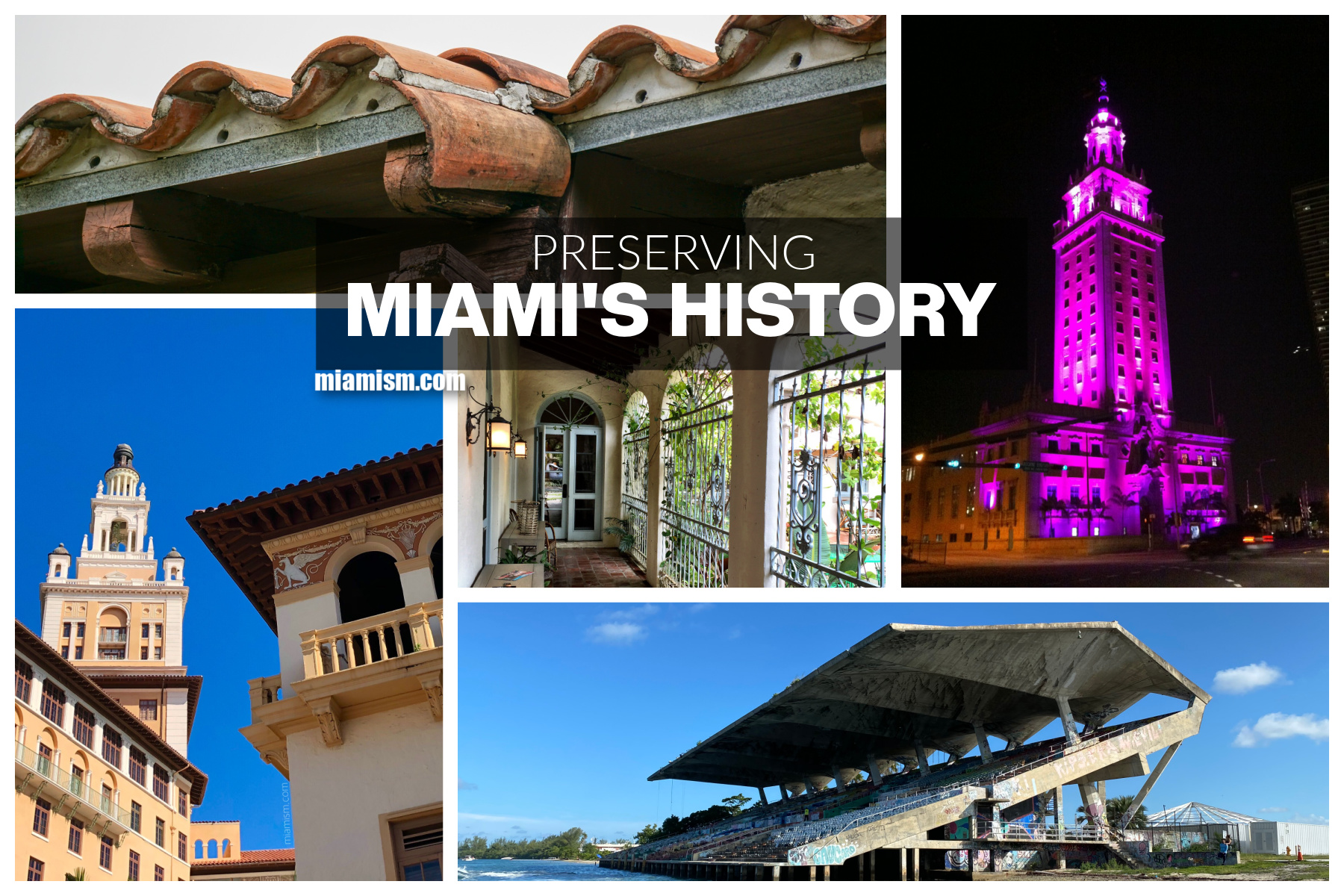
The Economic Benefits of Preserving Miami’s Historic Real Estate
Miami’s appeal extends beyond its beautiful beaches and vibrant nightlife; the city’s unique cultural heritage, rooted in its historic neighborhoods, plays a crucial role. Preserving these areas isn’t just about keeping the past alive; it’s a strategic move that boosts property values, attracts tourists, encourages sustainable development, and more importantly, maintains our community’s unique identity. It’s disappointing, to say the least, to drive through our South Florida Historic neighborhoods and see so many architectural gems being replaced by white boxes. Don’t get me wrong, there are plenty of great white boxes, but do they need to replace history or do they have a place of their own?
I’m writing this not as a rant, but just an eye opener. The argument about a homeowner’s right to decide what’s best for their property is legitimate and a fundamental right, but how about the importance of community preservation, character and charm which actually enhance property values? Sometimes I think a little education on history and effects of drastic neighborhood context changes would go a long way but unfortunately is completely removed from the table and that’s why it’s key to have these conversations.
So let’s talk about benefits of historic preservation.
Boosting Property Values
In historic districts like Coral Gables, Coconut Grove, and Morningside, preservation has proven to boost property values. These neighborhoods, known for their distinctive architecture, often see faster appreciation rates thanks to strict zoning and preservation laws that maintain their historic integrity. Another incredible example is The Art Deco District in Miami Beach. Talk about how maintaining historical charm can enhance economic value.
Encouraging Sustainable Development
Preservation is also about sustainability. By refurbishing existing structures, Miami reduces waste and minimizes environmental impact. Preservation is inherently green – rehabilitating existing structures conserves resources, reduces the need for new materials and minimizes environmental impact. It also involves upgrading properties to be more energy-efficient while retaining historical aspects and features. And repurposing old materials adds to the whole sustainability equation – the concept of salvaging, refurbishing and reusing materials is a win in every aspect.
Social Cohesion and Stability
Historic districts are known to exhibit stronger community ties and stability. The shared goal of preserving the neighborhood’s character can lead to more engaged citizens and organized community groups, enhancing social cohesion. The problem here is “shared goal” – if our old neighborhoods don’t show their strong sense of identity and continuity – preservation becomes almost impossible. The question is, should our communities offer more incentives for restoration? Or is it easier for our building departments to approve new construction?
No one likes limitations, but correct zoning guidelines and regulations that prevent inappropriate development that can otherwise compromise a neighborhood’s character and livability, is a must! Well preserved historic neighborhoods are known to attract investment from those who see long-term value in maintaining an area’s character – and this, my friends, leads to QUALITY OF LIFE.
Preserving Miami’s Architectural Heritage: Challenges and Successes
It’s profoundly disheartening to see the transformation of neighborhoods like Miami Shores and other areas along The Biscayne Corridor, where the unique architectural heritage is often replaced by generic modern structures. This shift not only erases vital architectural artifacts but also disrupts the cultural continuity that has defined these communities for decades.
However, there are success stories within the city that showcase the benefits of architectural preservation. The Freedom Tower, for example, now serves as a vibrant museum and cultural hub, revitalizing its surrounding area. In Morningside, careful preservation of its diverse architectural styles—Mediterranean Revival, Art Deco, and Mid-Century Modern—has significantly increased property values and enhanced the neighborhood’s charm and economic stability.
These examples really drive home the point: protecting our architectural heritage isn’t just good for the soul of our city—it boosts our community and economy too, underlining just how crucial it is to keep Miami’s unique architectural flair alive.
Let’s Stand Up for Miami’s Past and Future
Keeping Miami’s historic buildings around is not just about economic gain though, it’s about respecting our shared stories. As Miami keeps growing and changing, we need to step up and champion the iconic spots that make our city stand out. I challenge you to roll up your sleeves to ensure Miami’s rich architectural tapestry is not only remembered but also treasured by the generations to come.
